Racine, Wisconsin
On this chilly day in August of 2020 – when staying home seems to have become the norm – I am daydreaming about a chilly day trip that Jim and I took in November of 2019. We determined that in the thirty-four years we’ve lived in Wisconsin – even though we passed by every time we were headed to Chicago and beyond – we had never been to Racine or Kenosha. We decided it was time for that to change.
Last week we were in Kenosha, where we enjoyed some great outdoors, its beautiful lakefront, the Civil War Museum and the historic Southport Light Station. Today we’re in the city of Racine to get a double dose of Frank Lloyd Wright and see another fabulous lighthouse.
Our first stop today was to experience Frank Lloyd Wright’s designs at SC Johnson’s world headquarters in Racine. Tours are free and open to the public with reservations. Only 15 minutes apart, tours of this facility and Wright’s Wingspread are a great combination for any FLW fan, although they require separate (free) reservations. We got checked in at the historic Golden Rondelle Theatre, located in the administration complex. There is an awesome photo of the theatre at the link.
“The Golden Rondelle Theater was originally built as the SC Johnson Pavilion for the 1964-65 New York World’s Fair. After the Fair was over, The Golden Rondelle was dismantled and its steel framework was shipped back to Racine, where it was re-designed by Taliesin Associated Architects, the architectural business formed by Wright’s apprentices after his death.
Today, the building continues to function as a theater for both company and public events. Visitors to SC Johnson can arrange to view the Academy-Award-winning To Be Alive! and Carnaúba: A Son’s Memoir, which tells a remarkable story of family and adventure. Learn more about the company’s films here.” – READ MORE
After a short introduction at the Rondelle, we made our way across campus to the Research Tower. There’s some great information about the Tower at the link. “Wright called his design a “helio-lab,” or sun-lighted laboratory. At the building’s dedication, he said he hoped it would be a “flower among the weeds” of typical, “drab” structures built for business.” Boy, he sure accomplished that!
Two gorgeous statues (Nakoma and Nakomis) were installed in 1979 on either side of the Tower, and are a realization of figures Wright designed in 1923. They remind me of the sprites that started their lives at Midway Gardens in Chicago and ended up bull-dozed into Lake Michigan. You can read that tragic story at the link. On a happier note, some of the sprites were recovered and are on display at other FLW complexes, and the molds were recovered, so reproductions can be purchased at the Frank Lloyd Wright Store. They really are beautiful.
Wright instructed the crew to plaster the vertical gaps in the brick using colors that would blend in, and make the horizontal plaster stand out – for a distinctly horizontal design using regular-sized bricks. These three photos illustrate the concept pretty well. We did go inside the Tower, but no photos were allowed (so go visit!). OK, here’s a website with some great interior shots by Chicago Tribune photographer Bill Hogan.
We walked from the Research Tower to the Administration Building via the most beautiful parking lot I’ve ever been in. Usually full of water during (much) warmer months, the blue circular vessels form a mesmerizing reflecting pool. I’m assuming that Wright wanted it to be a joy to go to work every day. Can you imagine?
Several of the many supports for the Administration Building are pictured below. These supports have a huge circular top, and look like a golf tee. This was one of Wright’s unique design ideas that the Johnson’s, the construction crew and even the city said wouldn’t work. Wright took on that challenge and tested them extensively to go farther that just passing the city’s tests – each are able to bare 12 tons of load. Plus they are just gorgeous! These supports continue inside on an even grander scale, and the acrylic ceiling is another beautiful design element! Unfortunately no photos were allowed inside, so sneak a peek in the windows or visit the link above.
We made our way up Sam’s Walk to Fortaleza Hall, another fantastic building which includes a timeline of the company’s products and a room with scale models of Frank Lloyd Wright’s buildings. Very impressive. The last photo was taken from outside the glass windows. It is a replica of the doomed S-38 Sikorsky seaplane that HF Johnson and his crew took bound for Fortaleza, Brazil in 1935. Their goal was to study the carnauba palm – the key ingredient in nearly every SC Johnson product at the time. The story of that journey is told in one of the movies at the Golden Rondelle Theatre.
Since we extended our stay as long as possible before they booted us out, time was of the essence with our next tour coming up fast. We quickly scarfed down Subway (not our typical day-trip type of lunch) but oh well, Wingspread is next and I looked on that with great anticipation!
Now a retreat and executive conference center, Wingspread was commissioned by Herbert Johnson and built by Wright for Herbert and his family. At the beginning of our tour we watched a wonderful video of his two children, then in their 70s. They tell wonderful stories about the house and the challenges of working with Wright – the only architect who can come in 4x over budget and get away with it, even with leaks in the roof! The link will lead you to some of the most beautiful photos of the complex. Be sure to check out the overhead view, showing the four wings.
The pool is covered in the photo below. I’ll bet the 80-year-old grapevines look beautiful during the other three seasons of the year. Also, check out the crow’s nest, which can be accessed by the spiral staircase in the photo just above. That and the swimming pool sealed the deal when Herbert’s son didn’t want to move out to the boondocks for fear of losing all of his friends. Instead he had lots of friends over to play on the vast property.
Frank Lloyd Wright has always been a favorite of mine. If you love him too, check out the tab up top. I have a few posts of places I’ve visited over the years. Unfortunately at the time we visited Kentuck Knob and Falling Water in Pennsylvania, I was inept at keeping my digital photos organized and backed up and lost them all. Hopefully that will never happen again, and some day I’ll be able to visit again and replace them.
Now we’re off to our final stop of the day. About a mile east of Wingspread is Wind Point Lighthouse, standing 108 feet above the village of Wind Point, Wisconsin. Wind Point is one of the oldest and tallest active lighthouses on the Great Lakes, and was listed on the National Register of Historic Places in 1984. The lighthouse was built in 1880 and was designed by Orlando Metcalfe Poe who had served in the Civil War as a Brigadier General. It was lit for the first time on November 15, 1880 and continues to be lit to this day.
I’ll leave the photos in a block, so you can click on the first one and scroll through the rest.
I hope you have enjoyed this wonderful day in Wisconsin as much as we did. It’s kind of ironic that we feel we have to travel hundreds of miles to see new things, when there are so many new things to see right in our own state. Safe travels.
Happy trails,
Barb



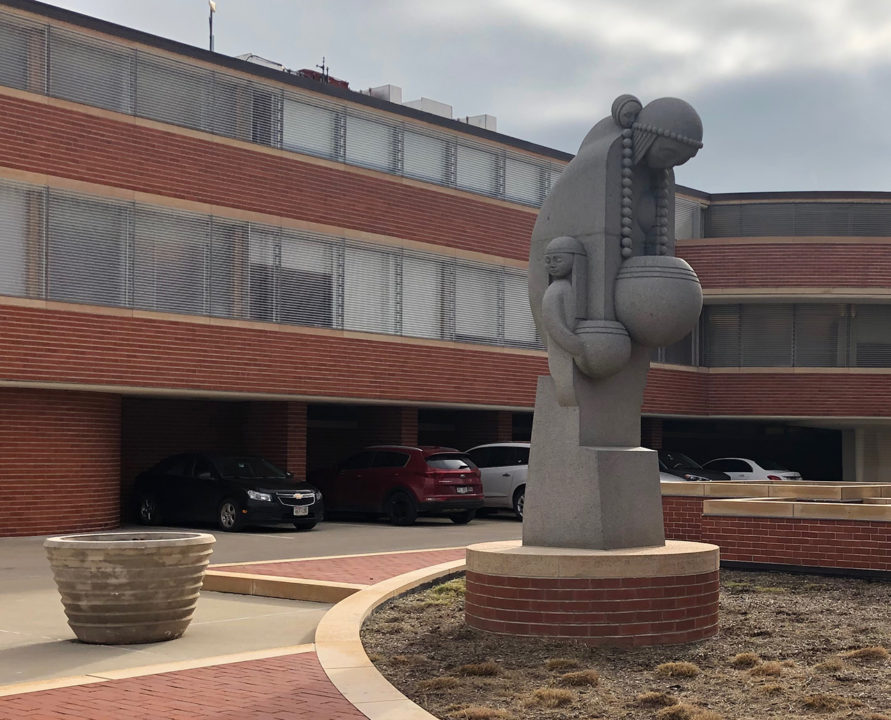
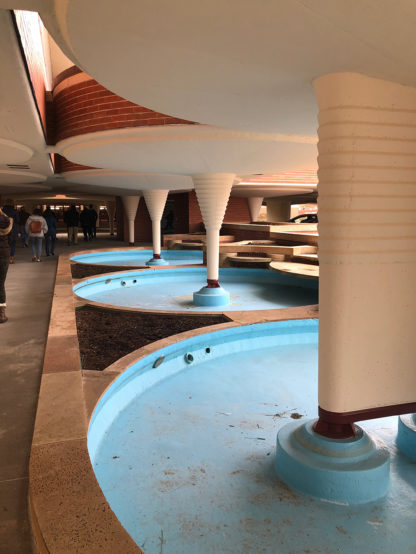



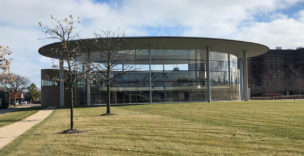
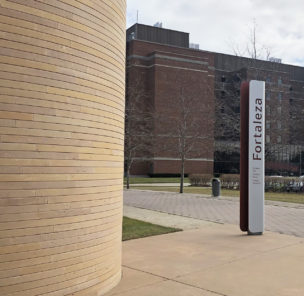

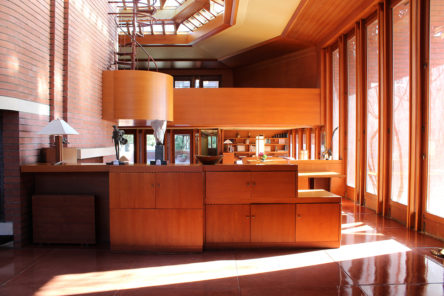




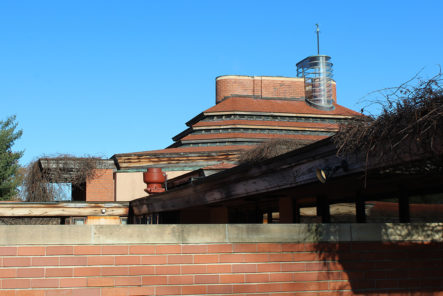

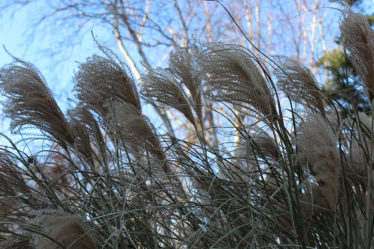
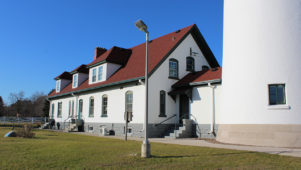
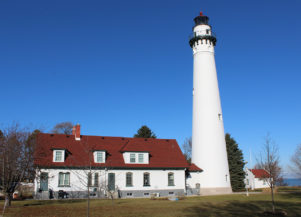
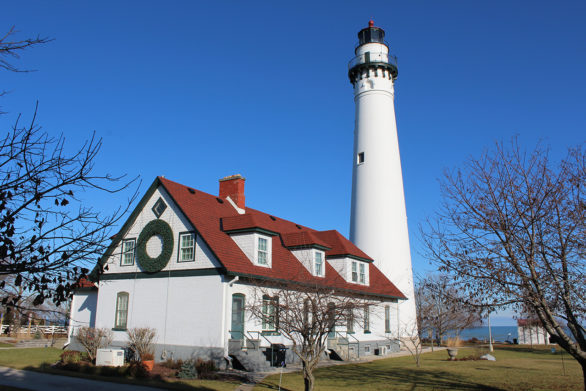
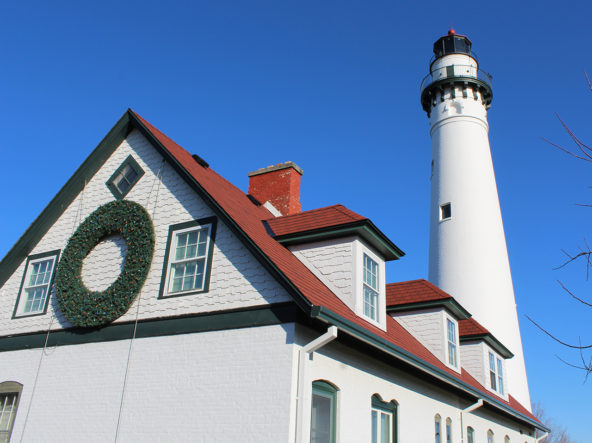
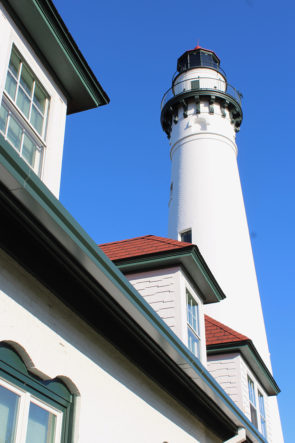
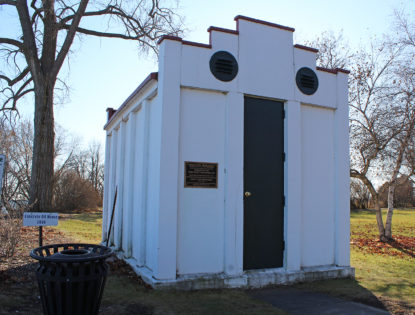

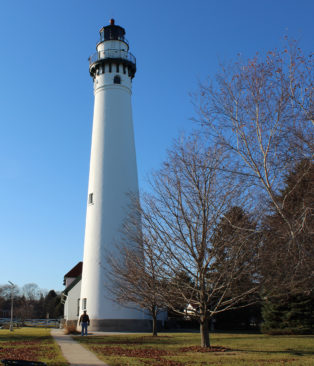
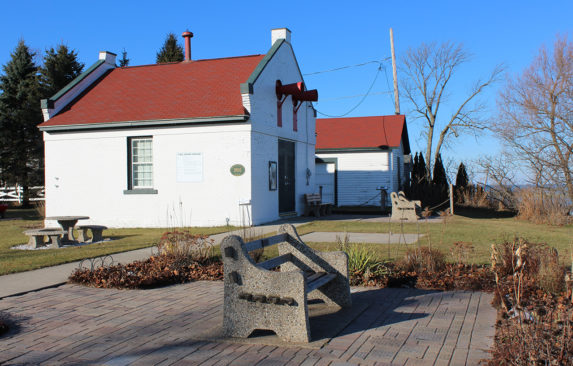
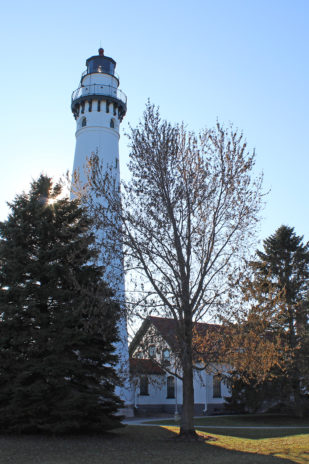





Comments are closed here.